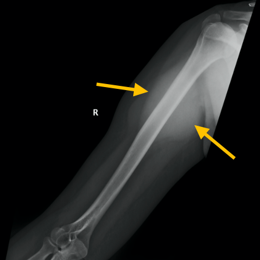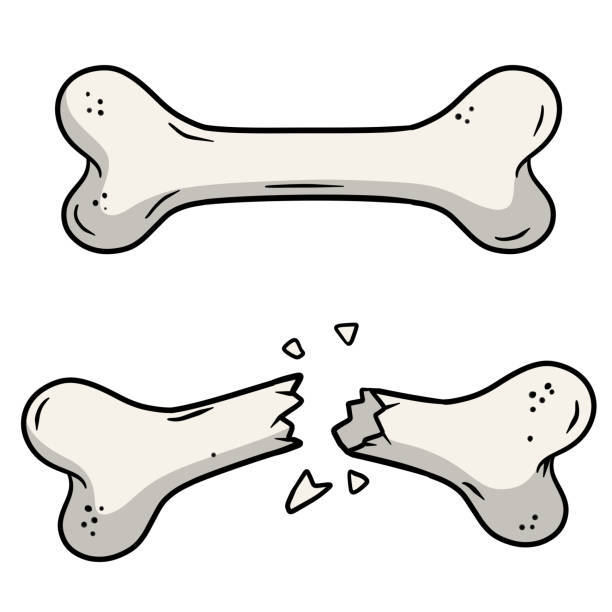Malignant Peripheral Nerve Sheath Tumor
Malignant Peripheral Nerve Sheath Tumor is a malignant (cancerous) tumor that occurs on the outer, protective covering of nerves.

Malignant Peripheral Nerve Sheath Tumor is a malignant (cancerous) tumor that occurs on the outer, protective covering of nerves.





Malignant Peripheral Nerve Sheath Tumor is a malignant (cancerous) tumor that occurs on the outer, protective covering of nerves. It presents as a mass that could cause some pain or numbness to the surrounding area. It can be associated with neurofibromatosis type 1 (NF-1), which is an inherited condition that those are born with. There is a possibility that the tumor can come back in the same location, known as a recurrence, or that it can spread to other parts of the body, which is why treatment is essential.





Malignant Peripheral Nerve Sheath Tumor is a malignant tumor that occurs on the outer, protective covering of nerves. Soft-tissue sarcomas, such as this one, grow in the soft-tissues of the extremities and compromise or destroy the affected soft-tissue and muscles. These tumors can compress or stretch important vessels and nerves, and occasionally wrap around these structures making it difficult to remove the mass without an amputation. They also have the potential to invade adjacent bones. Without treatment, it can metastasize or spread throughout the body, with the lungs, liver, and bones being the most common sites. Proper and effective treatment is also necessary, as there is a high local recurrence rate in this type of cancer.
Radiographic imaging is used to help form a diagnosis. These include X-Ray, MRI, CT and Bone Scans.
An example of an MRI is shown.
The treatment of malignant peripheral nerve sheath tumor is surgical excision through a limb-sparing surgery. The limb-sparing surgery is usually a wide or radical resection, in which the tumor is removed in its entirety. If the tumor is compressing, stretching, or wrapping around important vessels and nerves, an amputation may be performed instead. Since malignant peripheral nerve sheath tumor can metastasize and recur, chemotherapy is also used as treatment.

I've seen many doctors and I can confidently attest Dr. Wittig is the preeminent orthopaedic specialist. He is genuinely kind and caring, as he demonstrated by completely addressing my concerns and compassionately relating to what I was dealing with. He clearly outlined the plan of attack, and recommended the two additional doctors who would become part of my 'team'. Dr. Wittig was so effective in allaying our fears and bringing us optimism. My surgery was significant, but I was up and walking the next day and back at the gym 5 weeks later. This is further testament to Dr. Wittig's skill. He saved my leg and my life, and I feel so very blessed to say he is my doctor. I have already recommended him to others, and I will continue to do so. I would trust him with my closest family and lifelong friends. BEST DOCTOR EVER.
S.G.

Myself and my amazing team are dedicated to saving your life and your limb. Losing a limb because of a tumor can be a terrifying experience. But, it does not have to be the only option. I’ve spent 20+ years as a Board-Certified Orthopedic Surgeon and Orthopedic Oncologist.
I’ve devoted my career to helping children and adults afflicted with bone and soft tissue masses by performing complex limb saving surgeries. Most patients can have their limb saved, which may require innovative techniques.
Patients afflicted with musculoskeletal tumors have complex conditions that are best taken care of at large hospitals. I am the Chairman of Orthopedics and Chief of Orthopedic Oncology at Morristown Medical Center. My philosophy is a multidisciplinary team approach, working together to tailor treatment to individual patients. Education and research are essential to my practice, providing the best setting for extraordinary patient care. Because of this, we have some of the top results in the country.